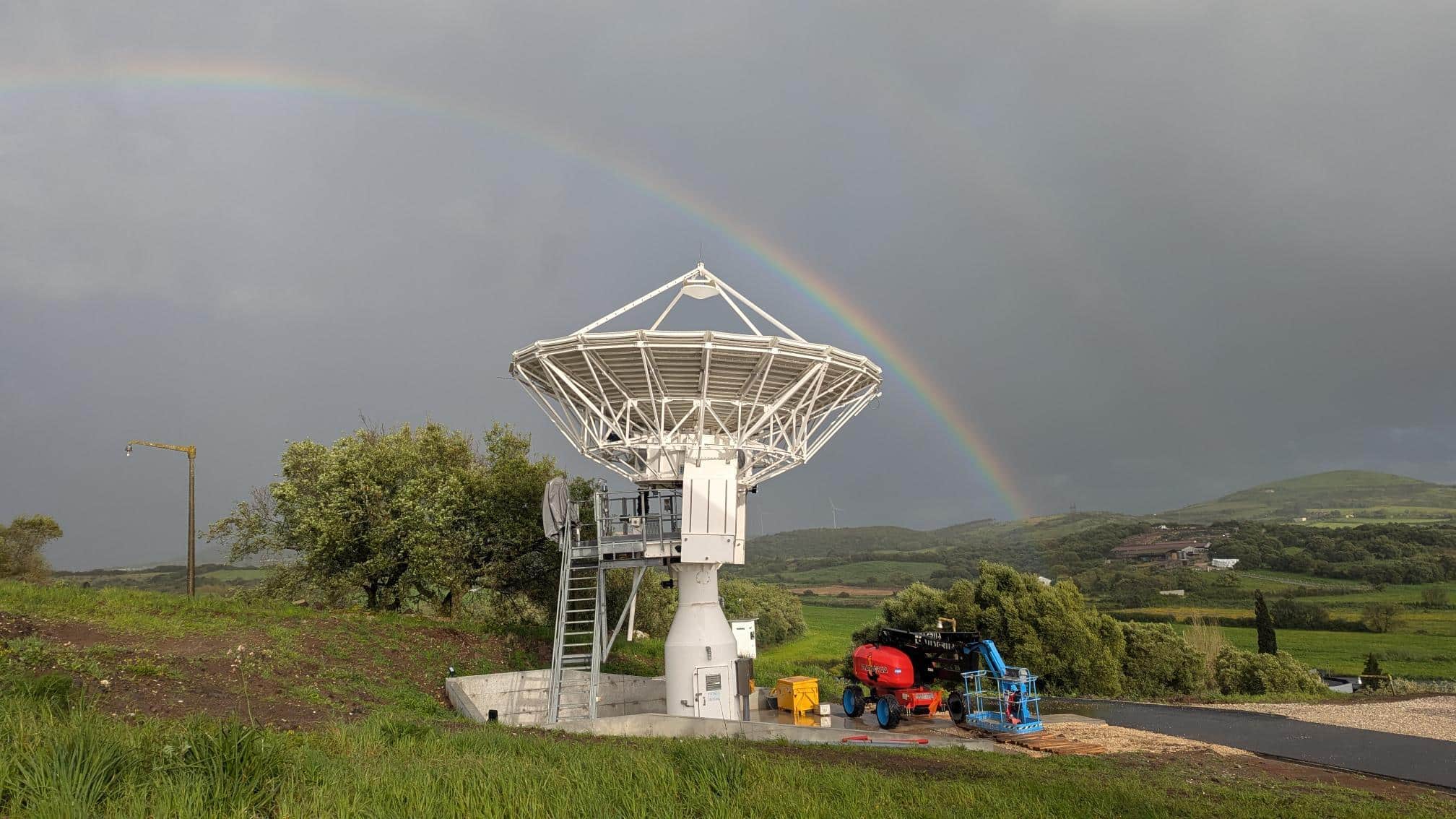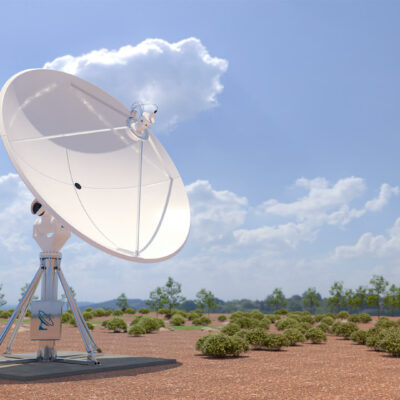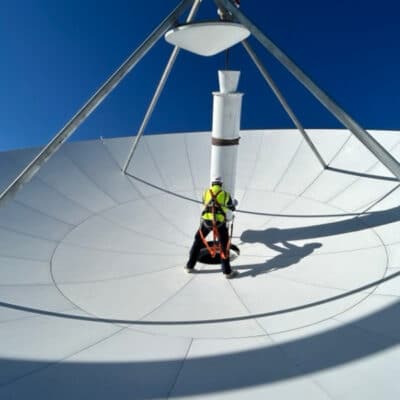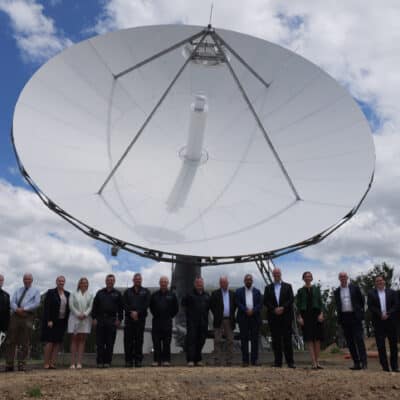Your cart is currently empty!

GEO Satellites – The Backbone of Global Connectivity
In 2025, GEO satellite communication faces growing challenges, with increasing congestion in orbital slots, spectrum competition, and industry disruption causing the global space industry to look elsewhere for their critical communications needs. The rise of Low Earth Orbit (LEO) fascination, spurned by two of the world’s most influential players in the industry has resulted in GEO becoming increasingly overlooked as a provider of critical communication services. Additionally, latency concerns and the push for more flexible, scalable solutions have led some to question GEO’s long-term viability. Addressing these issues while leveraging GEO’s strengths is key to ensuring a resilient and diversified global communications landscape. Whilst there are many different tools in the toolbox of global communications, none replace the other, and GEO remains one of the most useful of all.
While new satellite technologies make headlines, GEO satellites continue to serve as the foundation of worldwide connectivity. Explore the strategic importance, technical resilience, and evolving role of GEO in our comprehensive white paper.
Trusted by Global Industry-Leading Brands

























